Natural science museums help us understand the world through exhibits on animals, plants, fossils, and space. These museums display real dinosaur bones, ancient human remains, and rare minerals. Some have interactive sections where visitors can learn through experiments. Others have life-size models of extinct creatures. Many museums also have special exhibitions that change every few months. Visitors can explore different topics, from marine life to the history of the Earth. These museums are great for students, researchers, and families. Here is a list of some of the best natural science museums worldwide.
10 Natural Science Museums
Discover 10 natural science museums that showcase fascinating exhibits on history, nature, and science.
1. Natural History Museum, London
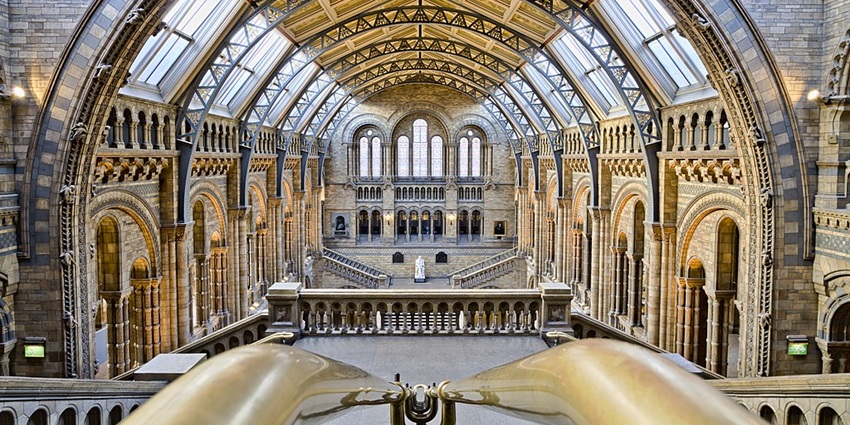
Photo: Mdbeckwith / Wikimedia Commons
The Natural History Museum in London is one of the best natural science museums, home to millions of specimens. Its famous attractions include the massive blue whale skeleton named Hope and the intriguing dinosaur skeletons. The science museum also has a popular earthquake simulator and a vast collection of rare minerals. The museum offers guided tours explaining scientific discoveries. The Natural History Museum hosts special exhibitions like “Wildlife Photographer of the Year.” The best time to visit is on weekday mornings to avoid crowds. Audio guides are available for deeper exploration of exhibits.
Timings: 10 AM – 5:50 PM
2. Smithsonian National Museum Of Natural History, Washington, D.C.

Photo: dconvertini / Wikimedia Commons
The Smithsonian National Museum of Natural History in Washington, D.C., is among the famous natural history museums, known for its vast collection. It houses the Hope Diamond, a collection of human evolution exhibits, and a butterfly pavilion. The best time to visit is spring and autumn to avoid peak tourist seasons. The museum offers free guided tours that provide in-depth information about the exhibits. Special exhibitions like “Outbreak: Epidemics in a Connected World” explore global health challenges. Visitors can also explore fossils, meteorites, and ancient artefacts, making it a must-visit science museum for all ages.
Timings: 10 AM – 5:30 PM
3. American Museum Of Natural History, New York City
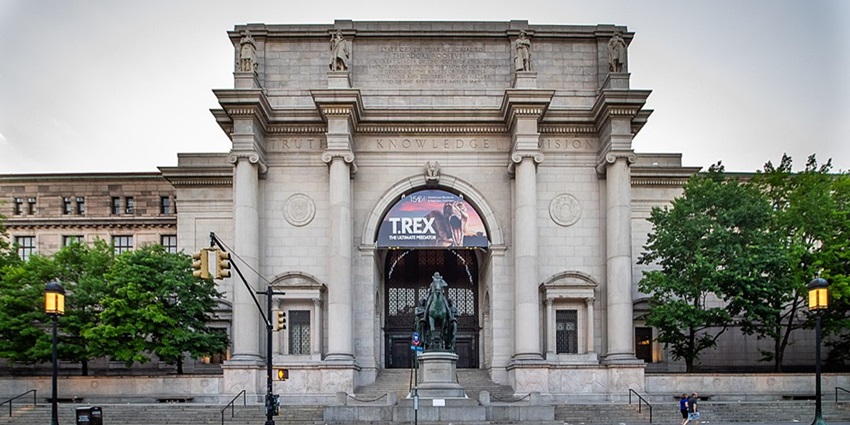
Photo: Ajay Suresh / Wikimedia Commons
The American Museum of Natural History in New York City is a top science museum in the world, featuring vast collections of fossils, minerals, and cultural artefacts. It is famous for its life-size T. rex skeleton and the stunning Hayden Planetarium. Must-see exhibits include the Hall of Biodiversity and the giant meteorites. The museum offers audio guides for self-guided exploration. Special exhibitions like “The Secret World of Elephants” provide fascinating insights into wildlife and conservation.
Timings: 10 AM – 5:30 PM
4. Museum Fur Naturkunde Berlin, Germany
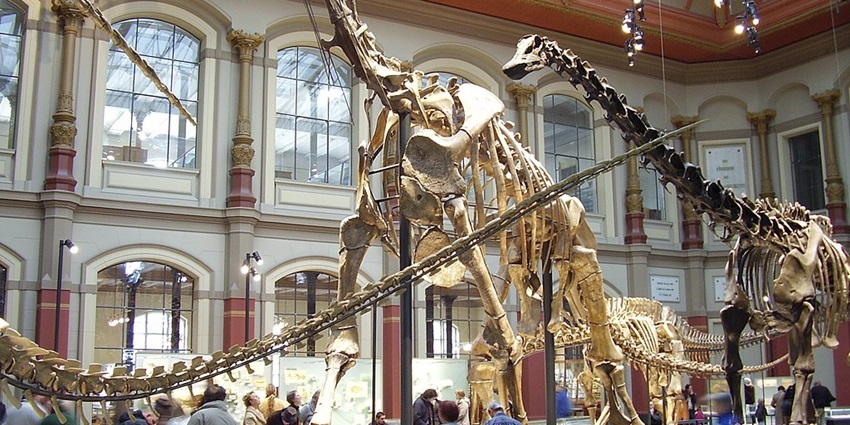
Photo: EmptyTerms / Wikimedia Commons
The Museum für Naturkunde Berlin is one of Europe’s best natural science museums, known for its impressive dinosaur fossils and taxidermy collections. It houses the world’s tallest mounted dinosaur skeleton, a Giraffatitan. Visitors can explore the Evolution Hall, featuring rare specimens from different eras. The best time to visit is in the early morning or late afternoon to avoid crowds. The museum offers guided tours in multiple languages. It also hosts temporary exhibitions, such as “Explore the Universe,” which highlights space discoveries. The must-visit science museum continues to attract researchers and enthusiasts alike.
Timings: 9:30 AM – 6 PM
5. National Museum Of Nature And Science, Tokyo
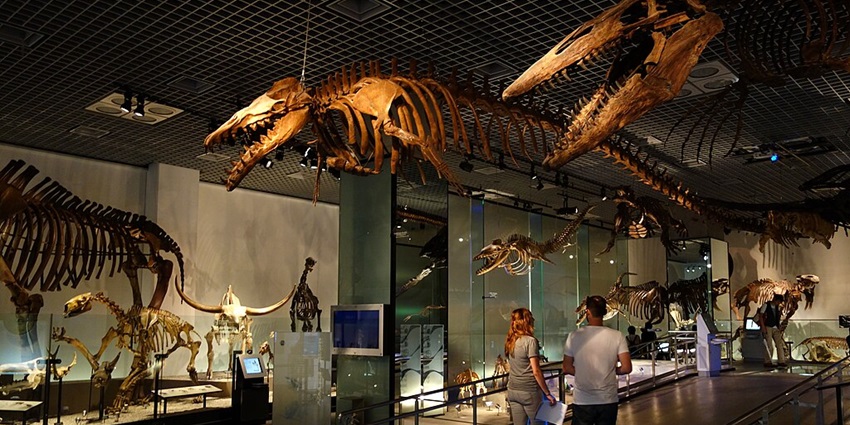
Photo: Daderot / Wikimedia Commons
Located in Tokyo’s Ueno Park, the National Museum of Nature and Science is a famous natural history museum that explores Japan’s rich biodiversity. It has two main areas: the Japan Pavilion, showcasing local species, and the Global Pavilion, displaying fossils and meteorites. The best time to visit is on weekdays to avoid weekend crowds. Visitors should not miss the robotic dinosaur displays and the interactive scientific experiments section. The museum offers audio guides and special tours for students. Special exhibitions like “Future Energy Solutions” focus on sustainability and technological advancements.
Timings: 9 AM – 5 PM
6. Field Museum Of Natural History, Chicago
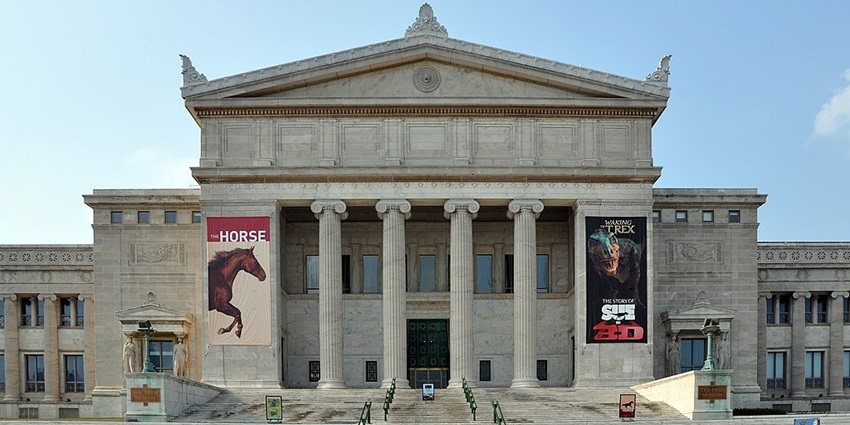
Photo: Joe Ravi / Wikimedia Commons
The Field Museum of Natural History in Chicago is a top science museum in the world, home to Sue, the largest T. rex fossil ever discovered. It features exhibitions on ancient civilisations, Egyptian mummies, and gemstones. The best time to visit is during off-peak hours in the afternoon. Must-see exhibits include the Underground Adventure, where visitors can experience the world of insects. The museum offers guided tours explaining the history behind its collections. Special exhibitions, such as “Jurassic Oceans,” showcase prehistoric marine life. This must-visit science museum provides a detailed insight into the Earth’s past.
Timings: 9 AM – 5 PM
7. Museum Of New Zealand Te Papa Tongarewa, Wellington
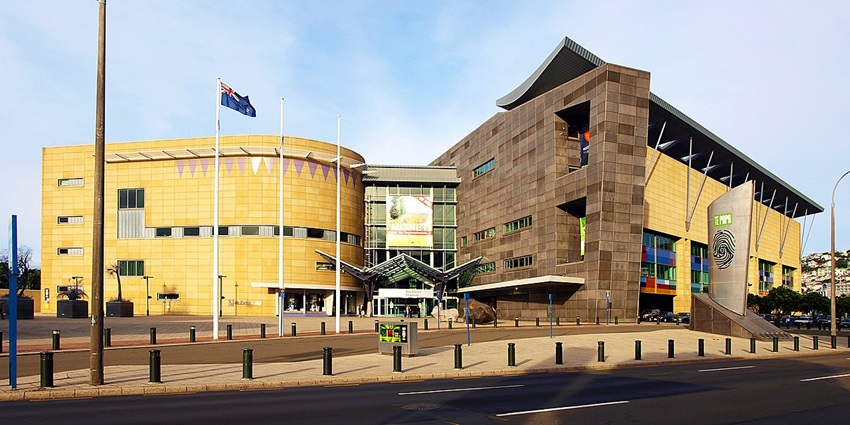
Photo: Ulrich Lange / Wikimedia Commons
The Museum of New Zealand Te Papa Tongarewa is one of the best natural science museums, combining natural history with Maori culture. It features a colossal squid specimen, interactive earthquake simulations, and geological exhibits. The best time to visit is in the morning before large groups arrive. The must-see exhibits include “Mountains to Sea,” which explores New Zealand’s diverse ecosystems. The museum offers free guided tours and an educational programme for children. Special exhibitions like “Nature’s Giants” highlight rare and extinct species. It is a famous natural history museum that provides an immersive experience.
Timings: 10 AM – 6 PM
8. La Plata Museum, Argentina
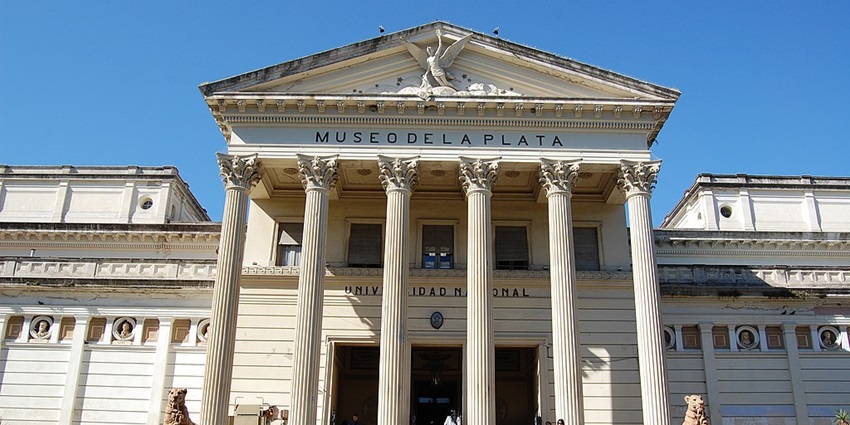
Photo: Leandro Kibisz / Wikimedia Commons
The La Plata Museum in Argentina is one of South America’s top science museums in the world, featuring extensive palaeontology and archaeology collections. It has one of the largest fossil displays in the region, including giant dinosaur bones and prehistoric mammals. The best time to visit is in the afternoon for a quieter experience. Must-see exhibits include the Andean mummies and ancient human artefacts. The museum offers guided tours in Spanish and English. Special exhibitions, such as “Lost Civilisations,” provide insight into early societies.
Timings: 10 AM – 6 PM
9. Natural Science Museum, Durban, South Africa
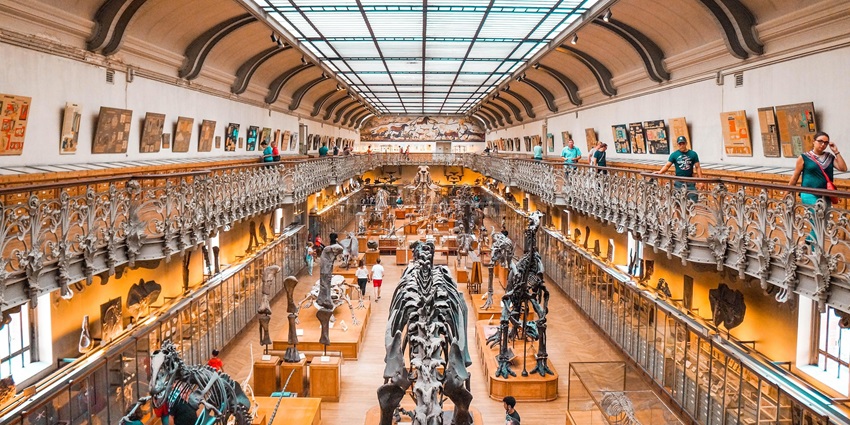
Photo: adventurous_blondine / Pxhere / Image For Representation Only
The Natural Science Museum in Durban is a famous natural history museum, showcasing African wildlife, fossils, and cultural artefacts. Its main attractions include life-size animal dioramas, dinosaur skeletons, and an extensive collection of birds. The best time to visit is on weekdays to avoid school groups. Must-see exhibits include the extinct dodo display and the historical artefact section. The museum offers interactive displays and informative audio guides. Special exhibitions, such as “African Wildlife Conservation,” highlight the region’s biodiversity. The best natural science museum in South Africa offers a unique educational experience.
Timings: 8:30 AM – 4 PM
10. Birla Industrial And Technological Museum, Kolkata, India
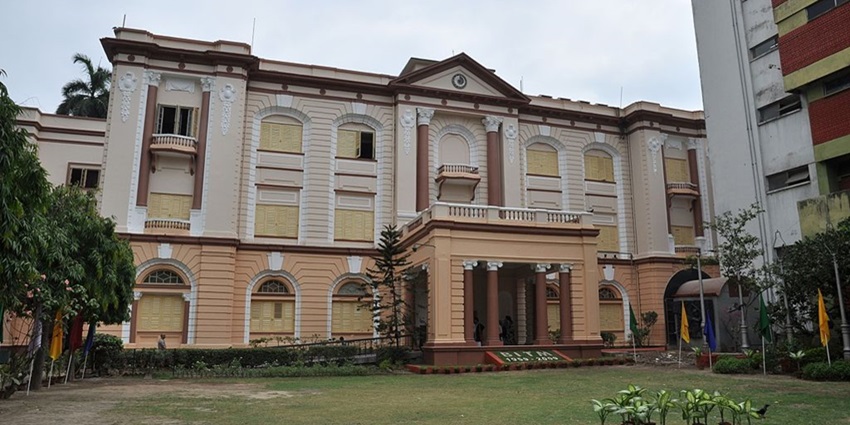
Photo: Biswarup Ganguly / Wikimedia Commons
The Birla Industrial and Technological Museum in Kolkata is among India’s top science museums in the world, focusing on natural sciences, engineering, and space exploration. It features exhibits on electricity, nuclear physics, and robotics. The best time to visit is in the late morning to enjoy demonstrations. Must-see exhibits include the underground coal mine simulation and the space exploration section. The museum offers guided tours and live science demonstrations. Special exhibitions, such as “The Future of Artificial Intelligence,” explore modern technology. This science museum provides an interactive learning experience for all ages.
Timings: 9:30 AM – 6 PM
Exploring natural science museums is a great way to learn about history, nature, and science. These top science museums in the world provide exciting exhibits, interactive displays, and rare collections. From dinosaur fossils to space exploration, each museum offers something unique. Plan your visit to these famous natural history museums and enjoy a journey through time and discovery. Book your trip with TripXL today.
Cover Photo: ilja.nieuwland / Wikimedia Commons / Image For Representation Only


 WhatsApp
WhatsApp
 Twitter
Twitter









